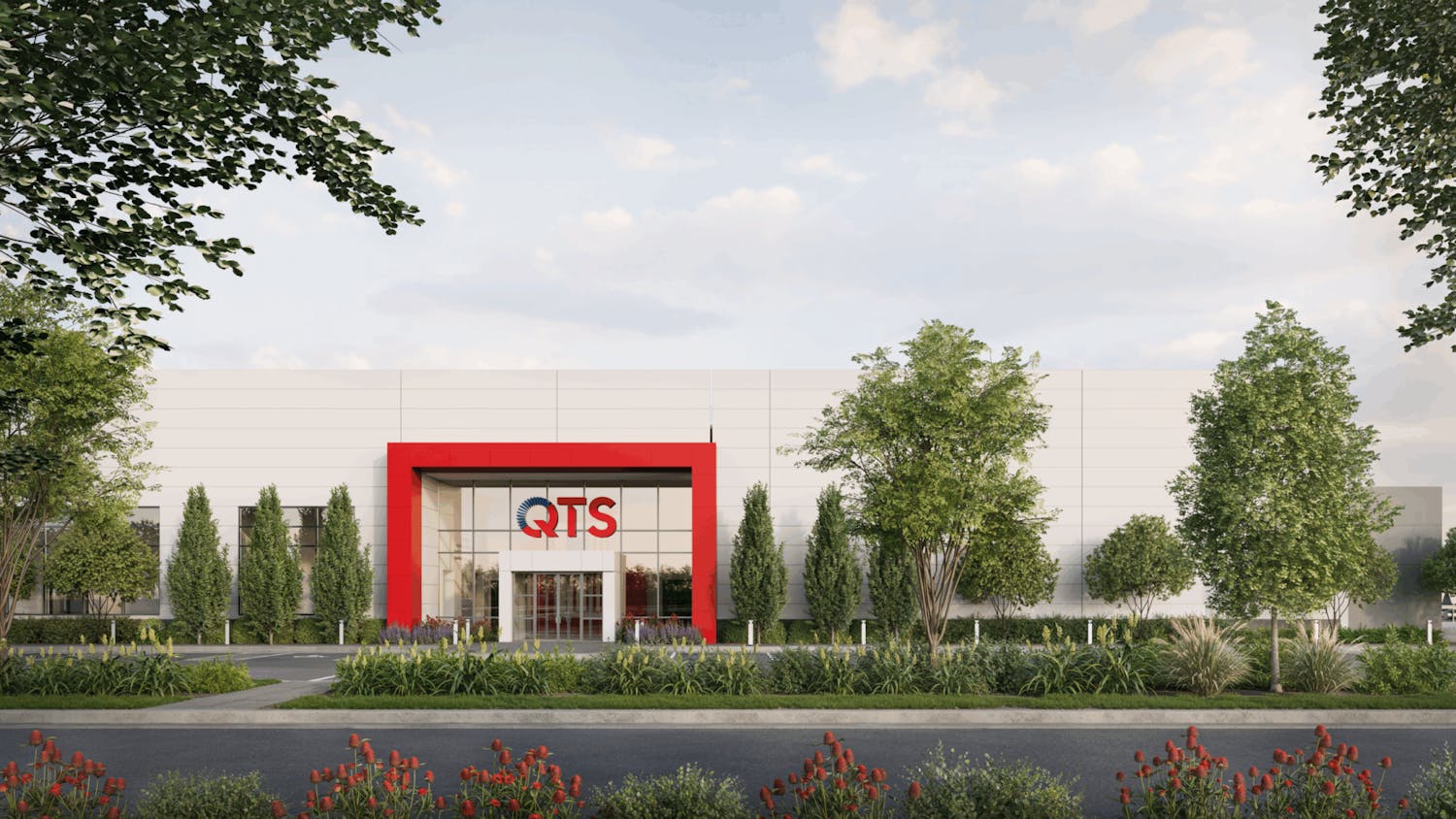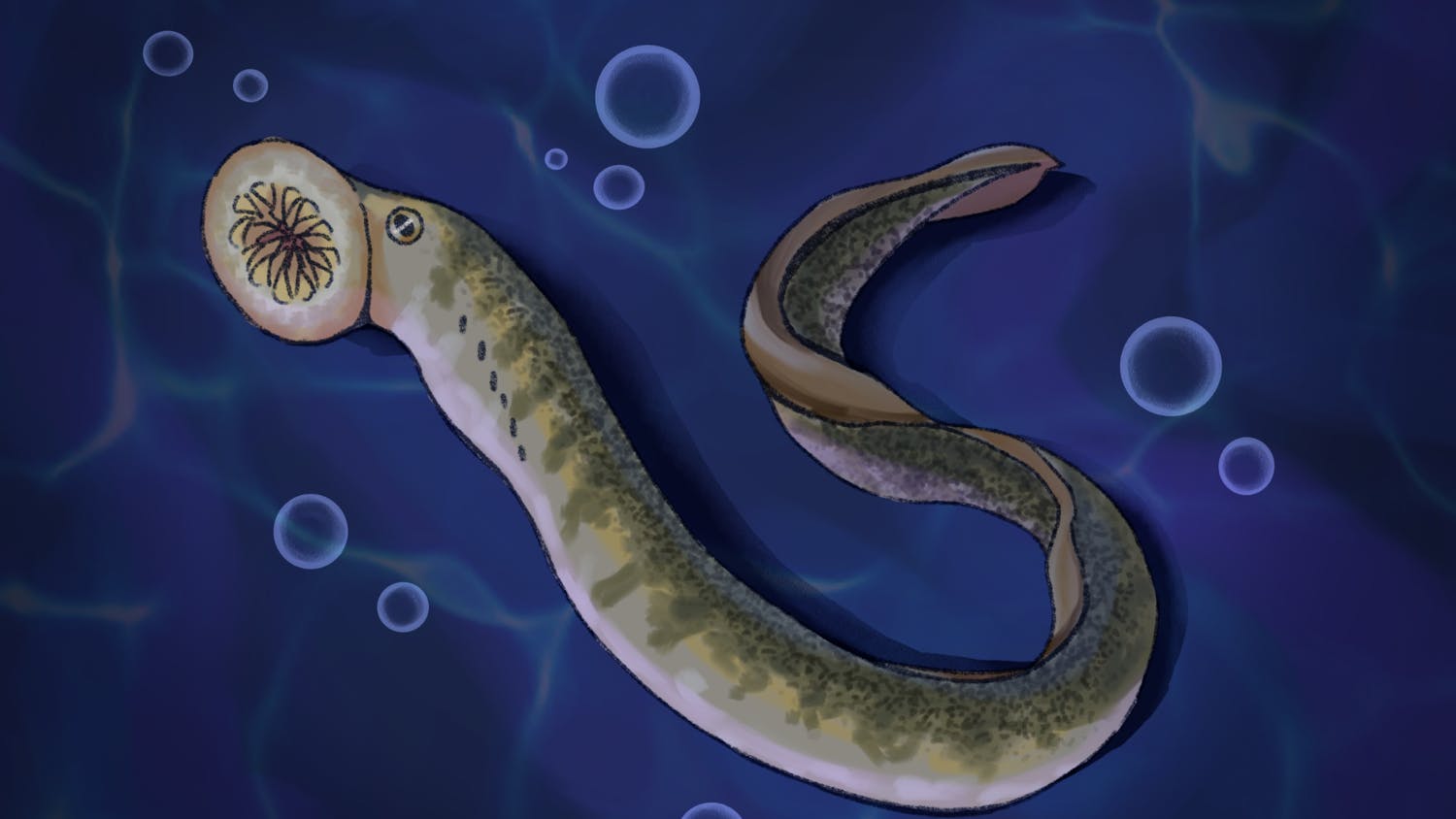I spent a month this summer living in a cabin in the Northwoods of Wisconsin.
Such is the life of a forest scientist. I was there to collect data, going into the forest for 10 hours at a time to identify and tally the diameter and height of thousands of teenage trees.
I worked for The Flambeau Experiment, a project on the cutting edge of increasing forest ecosystem diversity on land that is managed for timber. Six years ago, researchers cut 28 groups of three small “gaps” into an area of the Flambeau River State Forest near Winter, Wisconsin. They were setting out to put numbers on this relatively new timber management system called “small group selection.”
Small group selection is just what it sounds like —the forester punches a bunch of tiny clearcuts into the forest. Clearcutting is a process in which all the trees in the area are uniformly cut down. But these smaller gaps led to the regeneration of different herb and tree species than was seen with larger clearcuts.
“We learn from ecology class how things should look in a gap, but to actually feel the difference while you’re out there, that’s very cool,” said Autumn Sabo, a Ph.D. student in the Forest and Wildlife Ecology Department at the University of Wisconsin-Madison and the Flambeau Experiment field coordinator.
Sabo was referring to the massive bursts of plant growth that occur as a result of cutting gaps into a closed canopy forest. People can see these growth spurts from afar because most of the floor in the maple-dominated forests of the Flambeau is relatively barren of plant life. Mature sugar maple trees cast a very dense shade in which almost nothing can grow except for a few small understory plants.
This is a very clever evolutionary strategy for a tree with higher “shade tolerance” than other trees. In theory, all trees grow best in full sunlight, given the absence of competition. However, some tree species can grow faster in full sunlight than others but cannot survive in the shade. The ones that can survive shade just wait for the faster growing trees with higher rates of metabolism—and thus shorter lives—to die.
Due to a number of physiological tradeoffs from branching patterns to leaf Nitrogen content, a given tree species cannot have the best of both worlds—it is constrained to a general position along the shade tolerance-optimal growth rate continuum. This leads to the classic successional model that you probably learned in high school biology class.
Cutting down small groups of trees in mature sugar maple forests will increase forest diversity by bringing enough light into the system so that plants other than sugar maples can grow. Researchers like Sabo want to know how the forest ecosystem will change with small group selection and are trying to find an ideal size (or sizes) for the gaps.
If one tree falls in the sugar maple forest (and no one is around to hear it?), a sugar maple is likely to replace it because of its high shade tolerance. This is the basis for “single-tree selection,” a widely practiced management system for sustainable harvesting of sugar maple forests. But if five trees in a cluster are sentenced to the chainsaw, there are multiple species with the physiological tools to outgrow the sugar maple.
There’s the American Basswood, a tree that often sprouts multiple trunks from which giant heart-shaped leaves grow. The Yellow Birch is the deep bronze cousin of the more iconic Paper Birch, and it is a feast for many species of fungi, insects and birds. Yellow-bud Hickory has bright yellow buds, and the hickory nut is one of the most nutritious animal food sources in an ecosystem scarce on nutrients. An Ash Sapling is prime fodder for a hungry animals like deer, and an adult Ash tree has beautiful diamond-shaped grooves in its bark.
But if the gap is too big, the shade-intolerant trees will grow—mostly Paper Birch and Quaking Aspen.
And of course we want variety. So a number of folks such as Sabo and myself are sent up to the Flambeau River State Forest every summer in order to collect massive amounts of data on which trees are growing, and how fast they’re growing and in which sized gaps. However, trees are only the tip of the iceberg for this ecologically focused experiment.
This summer, Sabo’s research team went through two full herbaceous vegetation surveys, three soil moisture sampling surveys, a soil compaction survey, an earthworm survey, a stump sprout survey, a seedling survey and a sapling survey, as well as regular checks on trail cameras. The team also took fisheye lens photographs of the sky in every gap in the experiment. Another team measured soil nutrient content, soil Nitrogen flow and soil temperature.
“It’s a huge endeavor, running a project like this. It’s not just setup day, it’s all the maintenance and sampling,” Sabo said.
Every one of those variables has to be measured in 34 plots (28 gap plots, six controls) of three gaps scattered over a couple of square miles of forested, mosquito-infested land. In order to get the data, the experiment requires a large amount of land, set-up labor, a cabin for field workers to stay in, a vehicle to get people and samples from Madison to Winter and from Winter to the actual field site, gas money and field workers (at least four in a week, up to eight). This has happened for multiple summers over the years.
In other words, the Flambeau Experiment requires lot of time, money and effort. Ecological studies usually don’t have this kind of time and money available, which is what makes the Flambeau Experiment so special.





